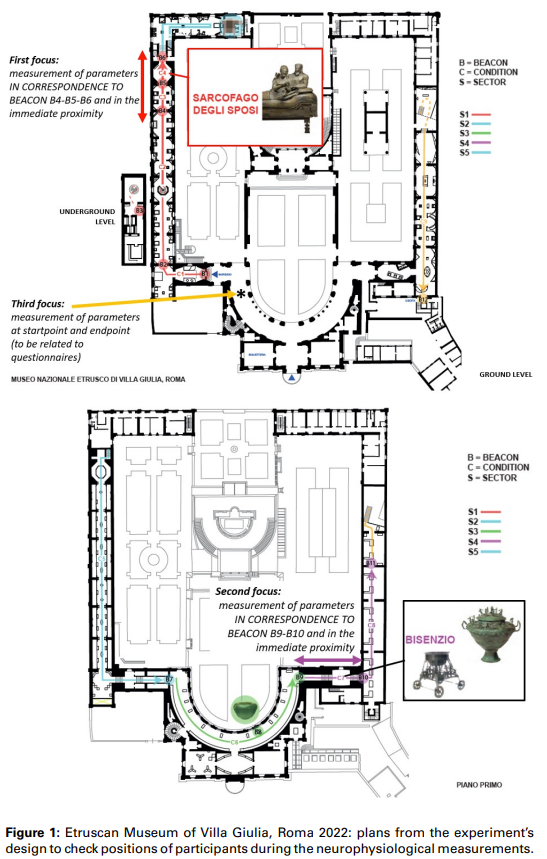There’s new research from the Department of Architecture and Design (DAD), Turin, Italy on Technology as a tool to study visitor behaviour in museums: positioning and neuropsychological detection to identify physical & cognitive barriers (pdf).
Inclusive communication projects in museums often rely on general principles of design without considering how unique a cultural experience it should be. It’s important to study all types of visitors, especially those who feel left out, to understand their experiences better and help them feel more included. However, tracking visitors in a museum can be difficult due to the indoor environment and the need to avoid affecting their behaviour.
To tackle this, the researchers used Bluetooth to study individual experiences. They used a Raspberry Pi that can located a user based on signals from Bluetooth beacons, providing a cheap way to track visitors indoors.

This system was tested at the National Etruscan Museum of Villa Giulia in Rome, Italy. About 60 visitors were tracked, and their emotional responses were measured using a special bracelet. This data was stored and analysed to understand how visitors’ locations in the museum might relate to their emotional experiences, such as spending more time near pieces of art that have a strong emotional impact.